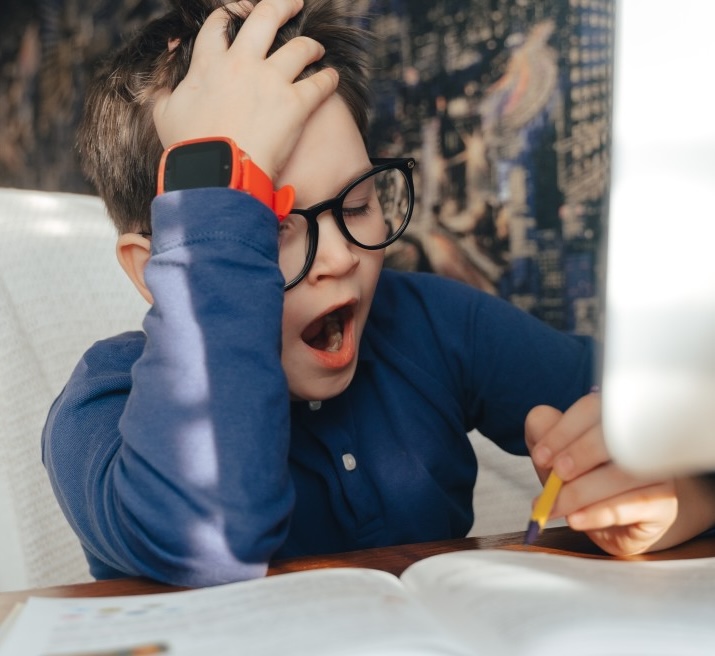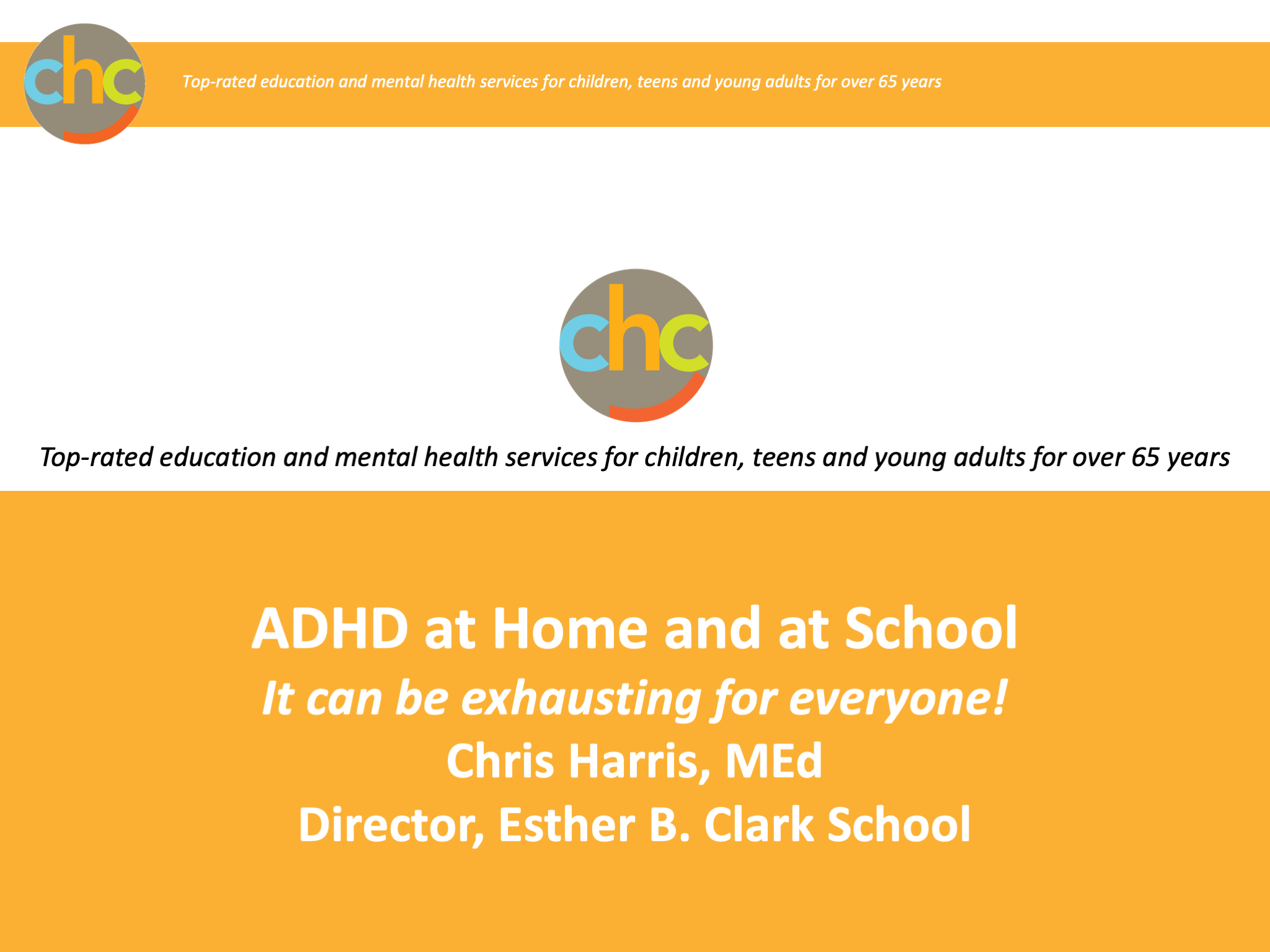Written by Glen Elliott, PhD, MD
 My son was recently diagnosed with Attention-Deficit/Hyperactivity Disorder (ADHD). He’s seven-years-old and often has trouble focusing in class. It seems like he’s getting in trouble every day, either for being disruptive or for distracting the other kids. At home, he’s constantly interrupting and can’t sit still. We’ve tried some dietary changes, and the school has offered some help in the classroom; but it doesn’t seem to be working for him. His doctor has suggested that we try stimulant medications next, but we’re reluctant to use medication for him since he’s still so young. Is medication really necessary for treating my son’s ADHD?
My son was recently diagnosed with Attention-Deficit/Hyperactivity Disorder (ADHD). He’s seven-years-old and often has trouble focusing in class. It seems like he’s getting in trouble every day, either for being disruptive or for distracting the other kids. At home, he’s constantly interrupting and can’t sit still. We’ve tried some dietary changes, and the school has offered some help in the classroom; but it doesn’t seem to be working for him. His doctor has suggested that we try stimulant medications next, but we’re reluctant to use medication for him since he’s still so young. Is medication really necessary for treating my son’s ADHD?
The answer is no, medication is not essential for treating ADHD, but an impressive body of research shows it can be remarkably helpful and quite safe as part of an overall treatment plan.
More about medication for ADHD
Since methylphenidate (Ritalin) first became available in the early 1960s, enthusiasm for treating ADHD with medication has waxed and waned due to concerns about the medication’s safety, efficacy and potential for abuse as well as fluctuations in public and professional belief in ADHD as a “real” disorder. Today, we have access to extensive research on the benefits and risks associated with using ADHD medications. In fact, there is more research on ADHD medications than for any other medication used to treat behavioral problems and other psychiatric disorders in children and adolescents. While this research is helpful for understanding the potential effects of treatment, it can be difficult to sift through the information to decide whether or not medication is right for your child. When making your choice, here are some thing things to keep in mind.
1. Response Rate
For children or adolescents with ADHD, 65% respond rapidly and positively to the first stimulant (methylphenidate or amphetamine) prescribed. Another 20% will do well with a different stimulant if the first one fails to alleviate symptoms or has too many side effects. As with all treatments, some children and adolescents are unresponsive to stimulants; but, even for them, other medication and non-medication options may be available.
2. Potential Benefits
Benefits typically occur within 30 minutes of taking the right dose and can last for much of a day, depending on the type of stimulant preparation used. When stimulants work, children literally can change before your eyes, growing calmer, less impulsive and better able to stay on task. I recall one teenager describing with awe the first time she used a stimulant to help with her homework: off stimulant, she would do lots of “preliminary” activities—checking Facebook, answering emails, polishing her fingernails; to her amazement and delight, with the stimulant, she was completely done with all of her homework in less time than she previously took just getting to it.
Newer, nonstimulant alternatives (atomoxetine, guanfacine and clonidine) are also available and may work when stimulants do not. Also, nonstimulant medications can reduce ADHD symptoms throughout the whole day, rather than just for some portion of the day. However, they have to be taken every day, and it may take several weeks before their benefits begin to appear.
3. Potential Side Effects
Any treatment can have side effects; but, in general, stimulants are among the safest of the medications that child psychiatrists use on a regular basis. Their most common negative side effects are decreased appetite, problems with getting to sleep and possibly a decrease in height. Nonstimulant medications usually don’t have those side effects but can cause nausea and daytime tiredness.
4. Long-term Effectiveness
Despite the sometimes-dramatic decrease in ADHD symptoms that these medications can produce, children with ADHD continue to have ADHD. Symptoms return promptly if treatment is stopped. This observation has led to the difficult question of whether medications actually help in the long run. Worse, might they actually make matters worse because children do not learn to “deal with their symptoms.”
Several studies that have followed children with ADHD through adolescence and into young adulthood have failed to show that any currently available treatment, medication or otherwise, changes the natural course of the illness. Roughly 1/3 of children continue to have major symptoms, and another 1/3 still have symptoms, but less severe than when they were younger. The final 1/3 either stop having symptoms or find ways of dealing with them so that they no longer cause a problem. Those numbers hold true for those who received treatment throughout childhood and adolescence as well as for those who never received treatment.
The 1/3 of kids who no longer have problems with ADHD symptoms usually develop additional methods for coping during adolescence. For example, they may be able to minimize problems with short attention span by carrying on multiple projects in parallel, skipping back and forth among them; or, if they know they lose things frequently, they develop checking routines to be sure they have what they need. An important ongoing area of research is trying to find ways to increase the likelihood of teenagers learning such coping strategies.
So, why use medication?
The answer really is a matter of pragmatics. If medication can facilitate a child or adolescent in day-to-day functioning without marked side effects, then it seems likely that both the child and those interacting with him will benefit. One hopes that it will enhance learning, allow for improved social interactions and generally ease the child’s progress along a typical developmental pathway. If it does, most find it worthwhile; if it does not, then serious discussion is needed about how to help more effectively.
Would you like to read more on this topic? Read about non-medication options: ADHD Treatment Beyond Medication.








